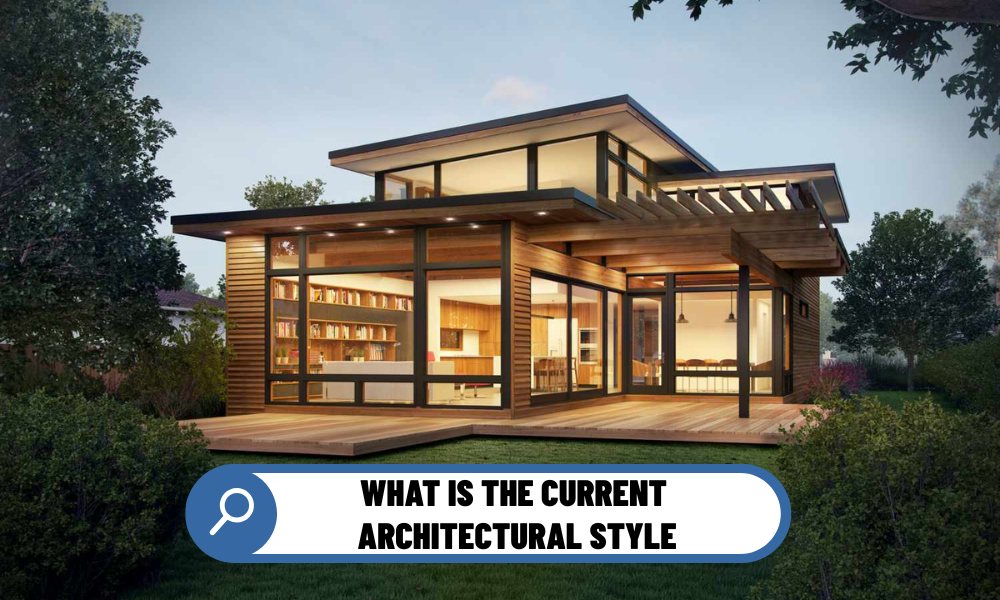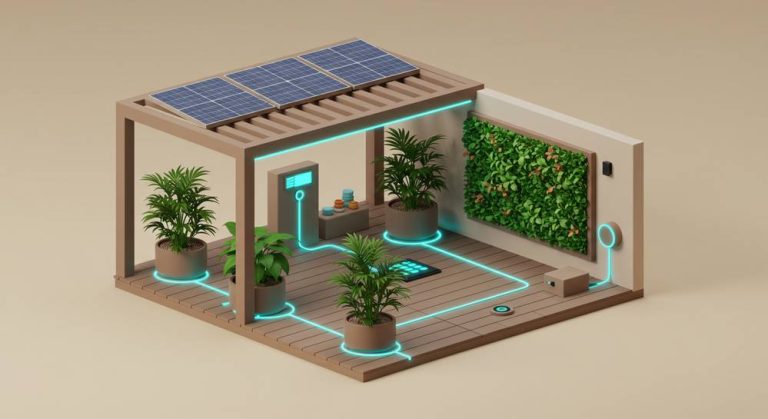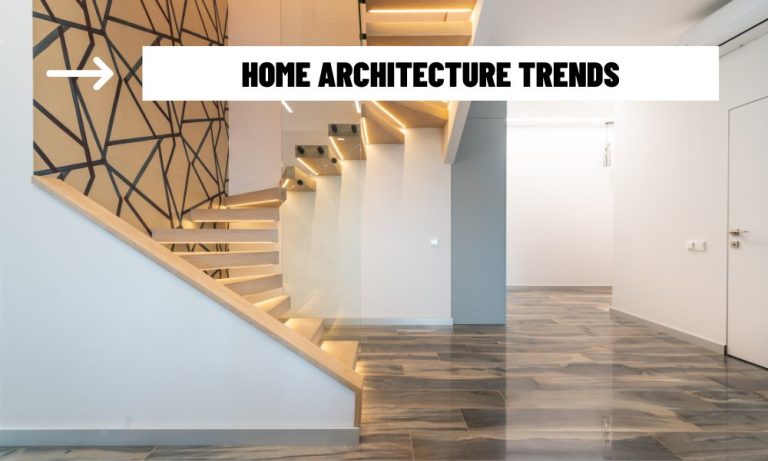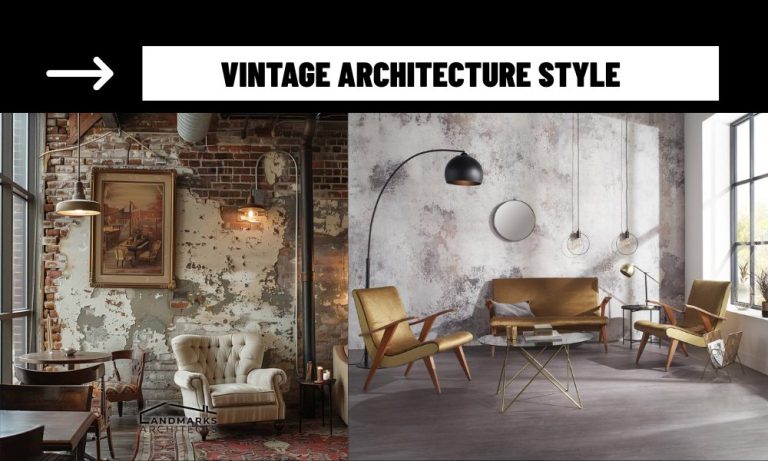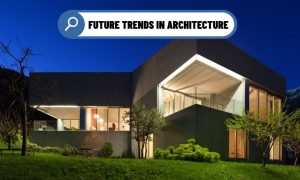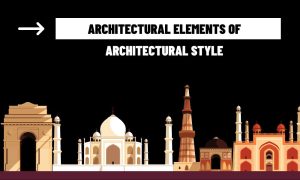Introduction to Contemporary Architecture
Architecture is a dynamic field that reflects the cultural, technological, and environmental priorities of its time. The question “What is the current architectural style?” invites an exploration of the diverse trends shaping buildings and urban spaces in 2025. Unlike past eras dominated by singular styles like Gothic or Modernism, today’s architecture is characterized by pluralism—a blend of styles, philosophies, and innovations. This article delves into the key trends defining contemporary architecture, from sustainability to parametric design.
Key Characteristics of Current Architectural Styles
Sustainability and Eco-Conscious Design
Sustainability is at the forefront of modern architecture. With climate change concerns escalating, architects are prioritizing energy-efficient buildings, green materials, and designs that minimize environmental impact. Features like solar panels, green roofs, and passive cooling systems are now standard in many projects. For example, structures like the Bosco Verticale in Milan integrate vertical forests to improve air quality and reduce urban heat. This eco-conscious approach is not just a trend but a necessity, shaping architectural decisions globally.
Parametric and Computational Design
Advancements in technology have given rise to parametric architecture, where complex geometries are designed using computational algorithms. This style allows for fluid, organic forms that were once impossible to construct. Architects like Zaha Hadid have popularized this approach, with buildings like the Heydar Aliyev Center showcasing smooth, flowing lines. Parametric design is not only aesthetic but also functional, optimizing structural efficiency and material use.
Adaptive Reuse and Contextual Sensitivity
Another hallmark of current architecture is adaptive reuse—repurposing old buildings for new functions. This trend reflects a respect for historical context and a desire to reduce waste. Warehouses are transformed into lofts, and factories become cultural hubs, blending old and new elements. This approach is evident in projects like the Tate Modern in London, where a former power station became a world-class museum. Contextual sensitivity ensures that new designs harmonize with their surroundings, preserving cultural heritage.
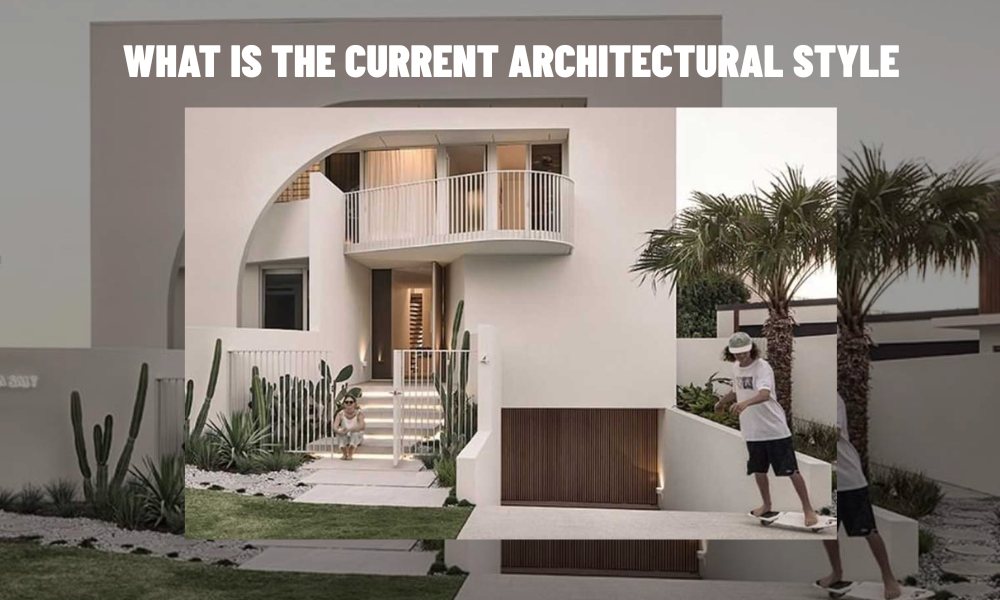
Influences Shaping Modern Architecture
Technological Advancements
Technology is a driving force in contemporary architecture. Tools like Building Information Modeling (BIM) enable precise planning and collaboration, while 3D printing allows for innovative construction methods. Drones and AI are also being used to monitor construction sites and optimize designs. These technologies empower architects to push boundaries, creating structures that are both imaginative and practical.
Cultural and Social Shifts
Architecture reflects societal values, and today’s designs emphasize inclusivity and community. Public spaces are designed to foster interaction, with features like accessible pathways and communal areas. The rise of co-living spaces and mixed-use developments caters to urban populations seeking convenience and connection. Additionally, there is a growing focus on decolonizing architecture by incorporating indigenous design principles and local materials, particularly in regions like Africa and South America.
Global and Local Fusion
Globalization has led to a fusion of architectural styles, where global influences meet local traditions. For instance, in Asia, skyscrapers often incorporate elements of traditional design, such as pagoda-inspired roofs or bamboo cladding. This hybrid approach creates buildings that are both universally appealing and deeply rooted in their cultural context.
The current architectural style is not a singular movement but a rich tapestry of trends and influences. Sustainability, parametric design, and adaptive reuse are just a few of the forces shaping the built environment in 2025. As technology advances and societal priorities evolve, architecture will continue to reflect the aspirations and challenges of our time. By blending innovation with respect for context and culture, today’s architects are creating spaces that are functional, beautiful, and meaningful.
